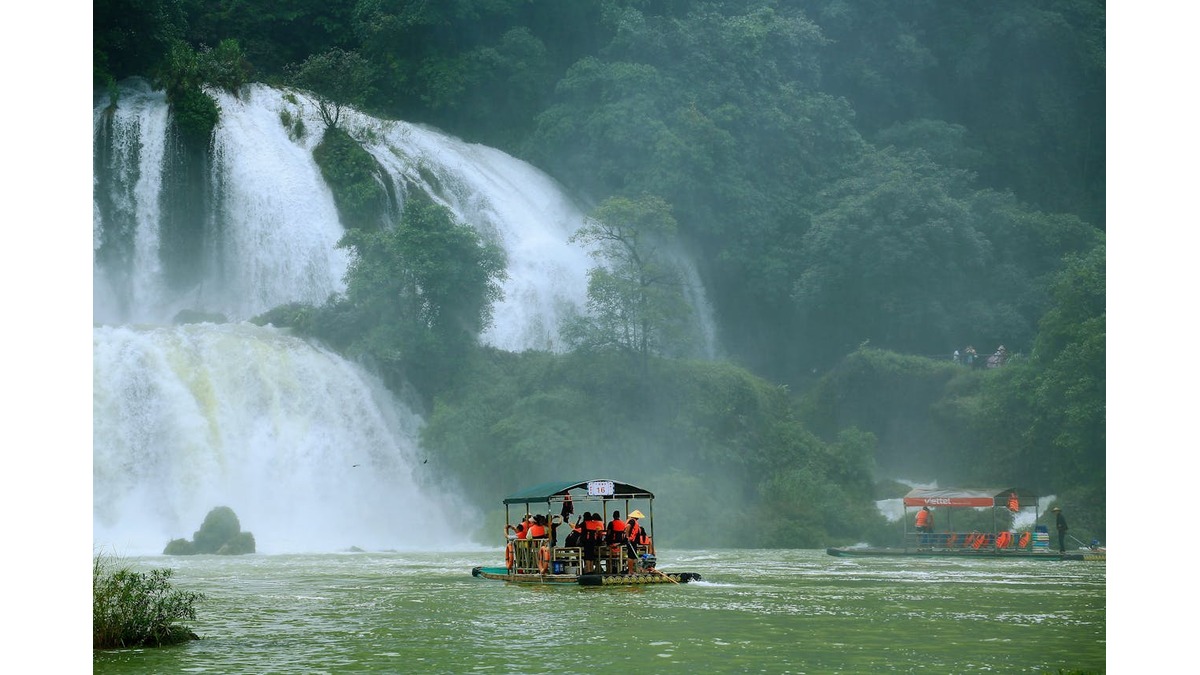Introduction
What exactly is a whirlpool? You might imagine a swirling mass of water, powerful and captivating, but there’s so much more to it. A whirlpool is a body of rotating water produced by opposing currents or a current running into an obstacle. Whirlpools are not just fascinating natural phenomena; they also hold significant importance in marine science, navigation, and even mythology. Understanding Whirlpool of Water NYT can provide insights into the behavior of water bodies, the challenges marine vessels face, and the impact on aquatic life.
Formation of Whirlpool of Water nyt
Whirlpool of Water NYT can form naturally or be induced by human activities. Natural whirlpools occur due to tidal patterns, underwater topography, and water flow dynamics. Swirling begins when currents from opposite directions collide or water flows rapidly past an obstacle. Human activities, such as the discharge of large volumes of water from dams, can also create whirlpools, albeit usually smaller ones.
Types of Whirlpools
Whirlpools come in various sizes and intensities. Small whirlpools can form in rivers and streams, often posing little danger. On the other hand, large oceanic whirlpools, also known as maelstroms, can be incredibly powerful and potentially hazardous. These large whirlpools occur in oceans and seas and are often influenced by strong tidal flows.
Famous Whirlpools Around the World
Several whirlpools worldwide have gained fame due to their size and strength. The Naruto Whirlpools in Japan are spectacular, occurring in the Naruto Strait during high tides. The Maelstrom of Saltstraumen in Norway is one of the strongest whirlpools, with speeds reaching up to 40 km/h. The Corryvreckan Whirlpool in Scotland, known for its ferocity, has been a subject of many myths and legends.
The Science Behind Whirlpools
Understanding the science of whirlpools involves studying hydrodynamics, the branch of physics concerned with the motion of fluids. The formation of whirlpools is influenced by the rotation of the Earth (Coriolis effect), underwater topography, and the interaction of different water masses. Tides and currents play a crucial role, as the gravitational pull of the moon and the sun affects the water levels and flow, contributing to the whirlpool’s intensity and duration.
Impact on Marine Life
Whirlpools have both positive and negative impacts on marine life. On the positive side, they can create nutrient-rich environments that support diverse marine ecosystems. The swirling action can bring up nutrients from the ocean floor, providing food for plankton and other aquatic organisms. However, the intense currents can also be hazardous to marine animals, potentially trapping or disorienting them.
Human Interaction with Whirlpools
Navigating through or near whirlpools poses significant challenges for mariners. Ships can be caught in the strong currents, leading to accidents or even shipwrecks. Throughout history, whirlpools have been depicted in various myths and legends, often symbolizing danger and mystery. Ancient sailors would tell tales of monstrous whirlpools that could swallow entire ships, adding to the aura of fear and fascination surrounding these natural phenomena.
Safety Measures and Precautions
For those who find themselves near a whirlpool, safety is paramount. Mariners should be well-informed about the locations of major whirlpools and plan their routes accordingly. It’s crucial to stay updated on tidal charts and weather conditions. Swimmers and recreational boaters should avoid areas known for strong currents and whirlpools. In case of accidental immersion, staying calm and swimming perpendicular to the current can increase the chances of escape.
Whirlpools in Popular Culture
Whirlpools have entered popular culture, often symbolizing danger and the unknown. Movies and literature frequently use whirlpools to create dramatic and suspenseful scenes. In art, whirlpools can symbolize tumultuous emotions or chaotic situations, adding depth and meaning to the work.
Modern Research and Technological Advances
Modern research on whirlpools involves a combination of field studies and technological advancements. Research institutions use sophisticated tools like satellite imagery, underwater sensors, and computer simulations to study whirlpools in detail. These technologies allow scientists to understand the dynamics of whirlpools better and predict their occurrences more accurately.
Climate Change and Whirlpools
Climate change has the potential to impact the frequency and intensity of whirlpools. As ocean temperatures rise and weather patterns shift, the behavior of ocean currents and tides may change, leading to variations in whirlpool activity. Understanding these changes is crucial for predicting future marine conditions and preparing for their impact on navigation and aquatic life.
Whirlpools and Renewable Energy
Interestingly, whirlpools have the potential to be harnessed for renewable energy. The kinetic energy in the swirling water can be converted into electricity using underwater turbines. Several experimental projects are exploring this possibility, aiming to create a sustainable energy source from the natural movement of water.
The Future of Whirlpool Research
The future of whirlpool research looks promising, with emerging trends focusing on more detailed and accurate modeling of these phenomena. Improved technology and better data collection methods will enhance our understanding of whirlpools. This knowledge can lead to better safety measures, more efficient navigation strategies, and innovative ways to harness the power of whirlpools.
Conclusion
Whirlpool of Water NYT are captivating and complex natural phenomena. From their formation to their impact on marine life and human activities, whirlpools offer a wealth of knowledge and intrigue. Ongoing research and technological advances continue to unveil the mysteries of these swirling bodies of water, ensuring our fascination with whirlpools endures. Womens Hoka
FAQs
- What causes whirlpools? Whirlpools are caused by opposing currents or when water flows rapidly past an obstacle, creating a rotating mass of water.
- Are whirlpools dangerous to ships? Large whirlpools can pose significant dangers to ships, potentially leading to accidents or shipwrecks.
- Can whirlpools occur in rivers? Yes, smaller whirlpools can occur in rivers and streams, often due to natural obstructions or changes in water flow.
- How can one escape a whirlpool? Staying calm and swimming perpendicular to the current can help increase the chances of escaping a whirlpool.
- Are there any benefits to whirlpools? Whirlpools can create nutrient-rich environments that support diverse marine ecosystems, benefiting marine life.
